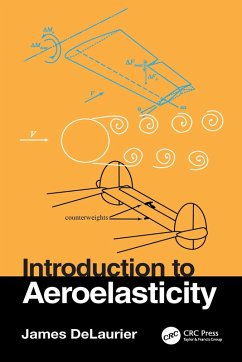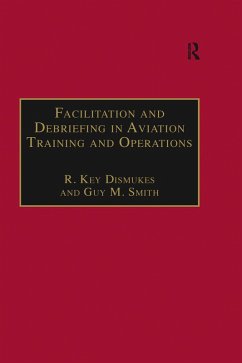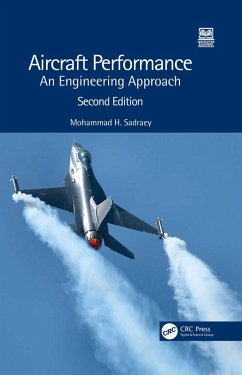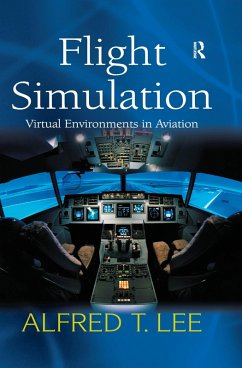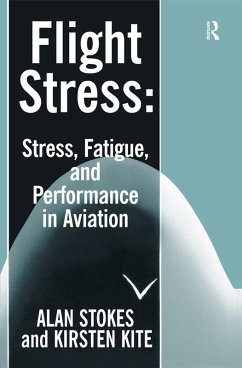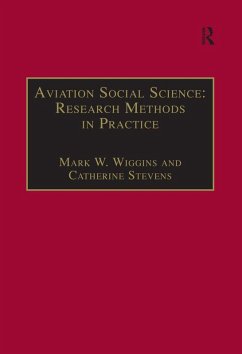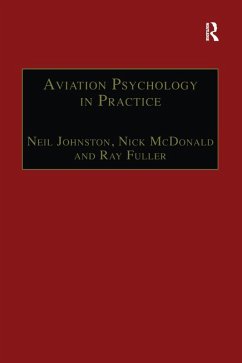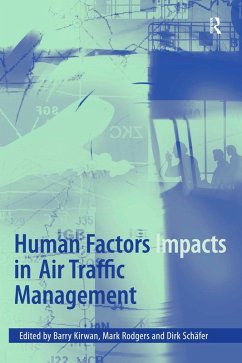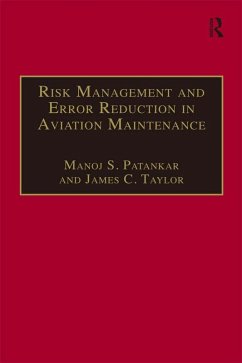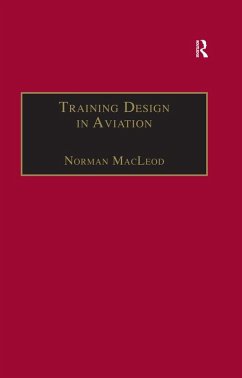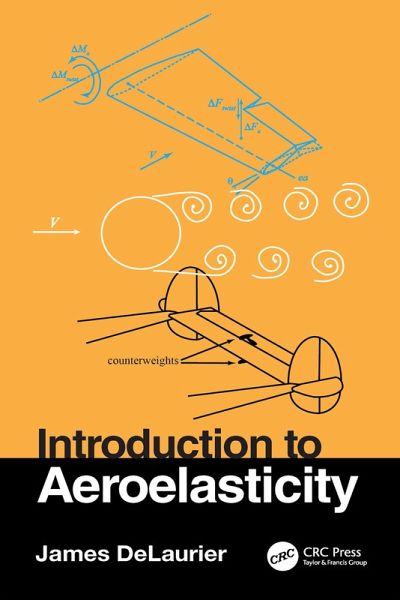
Introduction to Aeroelasticity (eBook, PDF)
Versandkostenfrei!
Sofort per Download lieferbar
98,95 €
inkl. MwSt.
Weitere Ausgaben:

PAYBACK Punkte
49 °P sammeln!
Introduction to Aeroelasticity introduces the classical topics of aeroelasticity, beginning with elastic structural modeling and the way that wing and tail structures can diverge and deform due to aerodynamic, inertial, and control-surface deflections.Flutter is then described, first with an airfoil example with increasing complexity, and then for flutter predictions of finite wings with and without control surfaces.Single-degree-of-freedom flutter is also discussed, which includes cable "galloping," Aeolian flutter, as well as plunging and pitching stall flutter. In all cases, the equation de...
Introduction to Aeroelasticity introduces the classical topics of aeroelasticity, beginning with elastic structural modeling and the way that wing and tail structures can diverge and deform due to aerodynamic, inertial, and control-surface deflections.
Flutter is then described, first with an airfoil example with increasing complexity, and then for flutter predictions of finite wings with and without control surfaces.Single-degree-of-freedom flutter is also discussed, which includes cable "galloping," Aeolian flutter, as well as plunging and pitching stall flutter. In all cases, the equation derivations proceed in a step-by-step fashion, complemented by several numerical (and historical) examples.
The book is intended to be a quantitative survey course for senior undergraduate and graduate students, as well as any engineer wishing a thorough introduction of the topic.
Instructors will be able to utilize a Solutions Manual and figure slides for their course based upon this book.
Flutter is then described, first with an airfoil example with increasing complexity, and then for flutter predictions of finite wings with and without control surfaces.Single-degree-of-freedom flutter is also discussed, which includes cable "galloping," Aeolian flutter, as well as plunging and pitching stall flutter. In all cases, the equation derivations proceed in a step-by-step fashion, complemented by several numerical (and historical) examples.
The book is intended to be a quantitative survey course for senior undergraduate and graduate students, as well as any engineer wishing a thorough introduction of the topic.
Instructors will be able to utilize a Solutions Manual and figure slides for their course based upon this book.
Dieser Download kann aus rechtlichen Gründen nur mit Rechnungsadresse in A, B, BG, CY, CZ, D, DK, EW, E, FIN, F, GR, HR, H, IRL, I, LT, L, LR, M, NL, PL, P, R, S, SLO, SK ausgeliefert werden.




